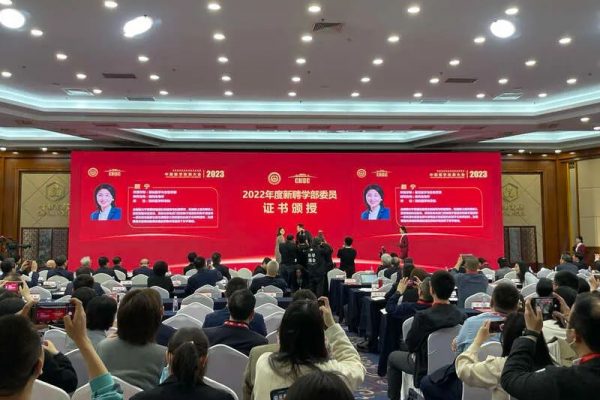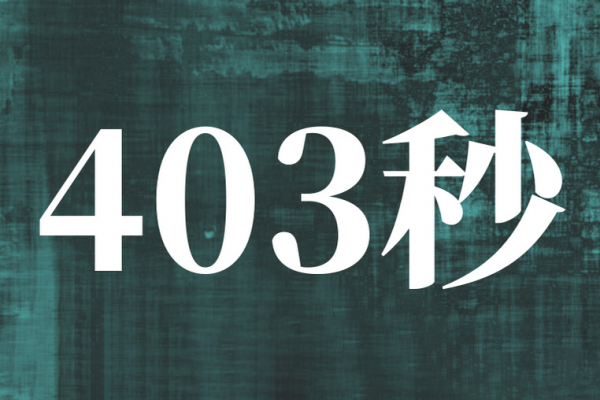Chip发表武汉大学徐红星院士团队最新综述论文:激光等离子体极紫外光源进展
FUTURE远见| 2022-09-16
Future|远见
Future|远见future选编
半导体作为高科技、信息化时代的支柱,是国家基础产业、命脉产业。光刻作为半导体产业的核心技术之一,决定了芯片最终线宽,进而影响芯片的最终性能²。因此,光刻技术已成为世界各国科研人员的重点研究对象。
第一个G-line(436 nm波长)步进重复光刻系统在20世纪70年代末问世,它的出现极大的减小了芯片器件的特征尺寸³。由瑞利衍射极限可知,降低生产工艺参数(k)和增加数值孔径(NA),缩短曝光波长(λ)是更容易缩小光刻线宽的技术手段⁴。在这种技术背景下,光刻光源波长被不断缩短,从g/h/i线(365 nm)的高压汞灯,到248 nm深紫外的氟化氪(KrF)准分子激光器,再到193 nm波长深紫外(DUV)的氟化氩(ArF)准分子激光器。
浸没式ArF光刻机结合分辨率增强技术和多图案技术,使得半导体行业能够实现7 nm光刻工艺。然而,如果进一步将特征尺寸缩小到5 nm及以下,需要在单个功能层中进行更多的工艺步骤和掩模更换。这一过程极大增加了材料成本、设备成本和工艺复杂度;同时,半导体器件的良率也会变得更加难以控制。为降低当前DUV光刻技术的工艺复杂性,13.5 nm波长光源的极紫外光刻(EUVL)被提出使用,其被认为是新一代半导体器件在5 nm及以下节点的最前沿技术。
本文综述了激光等离子体13.5 nm EUVL的原理和国内外研究发展概况。重点介绍了极紫外光源中激光系统、辐射靶材和多层膜反射镜等关键组成部分。特别分析了目前日本Gigaphoton公司和荷兰的ASML公司成熟的极紫外光源装置。最后,团队还提出了新的极紫外光源技术路线,并对极紫外光源技术的发展前景进行了总结与展望。
The development of laser-produced plasma EUV light source¹
The development and growth of semiconductor industry have always followed Moore’s law in the recent 50 years. It is fair to say that the continuous shrinking of transistor dimension in microchips has been driven by the development of photolithography technology². The first G-line (436 nm wavelength) step-and-repeat photolithography system appeared in late 1970s, and it dramatically reduced the feature size of the devices on a chip³. According to the Rayleigh diffraction limit of resolution, to get a smaller feature in photolithography, shortening the exposure wavelength λ is the most readily accessible approach, compared to reducing the production process parameter k and increasing the numerical aperture NA⁴. In this context, light sources continued changing, from high-pressure mercury arc lamp for g/h/i-line (365 nm), to krypton fluoride (KrF) excimer laser for 248 nm deep ultraviolet, then to argon fluoride (ArF) for 193 nm wavelength deep ultraviolet (DUV). The implementation of immersion ArF scanner, combined with resolution enhancement technologies and multi-patterning technologies, enabled the semiconductor industry to realize 7 nm node. However, to further shrink the feature size to 5 nm and below, more processing steps and masks are needed in a single functional layer for the multi-patterning. It means an increase of material cost, equipment cost and process complexity, whereas yield control becomes challenging.
To reduce the process complexity of DUV lithography, extreme ultraviolet lithography (EUVL) has been proposed, which uses 13.5 nm wavelength light source. EUVL is now considered as a leading-edge technology for the manufacture of new-generation semiconductor devices at the 5 nm node and below. The main challenge of EUVL is to achieve high enough wafer throughput in high-volume manufacturing (HVM). The main difficulty lies at the high absorption of the extreme ultraviolet light by any intermedium. To solve this issue, vacuum environment is implemented and the lens system is replaced by a mirror system for imaging.
In this paper, the principle of laser plasma 13.5 nm EUVL and the global research and development situation are reviewed. We describe performance characteristics of the laser system, droplet generator and mirror collector for different EUV sources, and also the new development results. In particular, mature EUV light source devices manufactured by Gigaphoton Inc. (Japan) and by ASML (the Netherlands) are analyzed. We also propose a new technical route for future EUVL light sources. Finally, we offer a summary on the future development prospects of EUVL light source technology.
参考文献
[1]Yang, D.-K. et al. The development of laser-produced plasma EUV light source. Chip 1, 100019 (2022).
[2]Myers, D. W., Fomenkov, I. V, Hansson, B. A. M., Klene, B. C., Brandt, D. C. EUV source system development update: advancing along the path to HVM. Emerg. Lithogr. Technol. IX 5751, 248–259 (2005).
[3]Wittekoek, S. Optical lithography: Present status and continuation below 0.25 μm. Microelectron. Eng. 23, 43–55 (1994).
[4]Shields, H., et al. Laser-produced plasma light source for extreme ultraviolet lithography. Proc. IEEE 90, 1689–1695 (2002).
论文链接:
https://www.sciencedirect.com/science/article/pii/S270947232200017X
关于Chip
Chip是全球唯一聚焦芯片类研究的综合性国际期刊,已入选由中国科协、教育部、科技部、中科院等单位联合实施的「中国科技期刊卓越行动计划高起点新刊项目」,为科技部鼓励发表「三类高质量论文」期刊之一。
Chip期刊由上海交通大学与Elsevier集团合作出版,并与多家国内外知名学术组织展开合作,为学术会议提供高质量交流平台。
Chip秉承创刊理念: All About Chip,聚焦芯片,兼容并包,旨在发表与芯片相关的各科研领域尖端突破性成果,助力未来芯片科技发展。迄今为止,Chip已在其编委会汇集了来自13个国家的68名世界知名专家学者,其中包括多名中外院士及IEEE、ACM、Optica等知名国际学会终身会士(Fellow)。
Chip第三期将于2022年9月在爱思唯尔Chip官网以金色开放获取形式(Gold Open Access)发布,欢迎访问阅读文章。
爱思唯尔Chip官网:
https://www.journals.elsevier.com/chip
Warning: Invalid argument supplied for foreach() in /www/wwwroot/www.futureyuanjian.com/wp-content/themes/future/single-news.php on line 41



